Mergers and acquisitions have been stuck in a rut since Volkswagen (VOWG_p.DE) was caught cheating pollution tests in 2015, triggering a global tightening of emissions regulations that depressed the value of petrol and diesel technologies. But the market is beginning to separate companies capable of meeting new emissions standards from those struggling to do so, which could close the gap in price expectations between buyers and sellers over the next 12-24 months, industry experts say. The auto industry has all but stopped developing next-generation combustion engines as limited resources are directed towards building electric and self-driving cars. However, electric vehicles are still a niche product, accounting for only 1.26 million – or 1.5 percent – of the 86 million cars sold worldwide last year, and analysts forecast it will be the middle of the next decade before a tipping point comes when electric cars overtake combustion-engined variants. That means there will still be demand for emissions-compliant combustion engines and so manufacturers and suppliers able to offer that are likely to see valuations recover, said Reinhard Kuehn, co-head of European Automotive at Deutsche Bank. “At the same time, suppliers that struggle with this will remain a hard sell,” Kuehn said. Meanwhile, as production capacity of petrol and diesel engines is cut back, the impetus for mergers among suppliers should increase, bankers believe. Germany’s Volkswagen, one of the largest manufacturers of petrol and diesel engines, has said it will develop its final generation of combustion engines by 2026, while U.S. rival Ford (F.N) last month said it would close two engine factories in Europe. “The profit pool of companies with combustion engine-related technology – once the envy of the industry – is shrinking with the rise of electric vehicles and the digitization of the industry,” Goldman Sachs managing director Axel Hoefer said. “You would expect someone to come in and consolidate to benefit from economies of scale.” Volkswagen is now warning its suppliers to prepare industry-wide solutions for winding down combustion-engine manufacturing as it ramps up mass production of electric vehicles. The company is retooling 16 factories to build electric vehicles and plans to start producing 33 different electric cars under the Skoda, Audi, VW and Seat brands by mid-2023, transforming the industry’s supply chain. “It makes no sense to have factories running at only 40% capacity,” Stefan Sommer, Volkswagen’s procurement head, told Reuters. “The auto industry is obliged to develop structures to consolidate combustion engine assets, to decide where to bundle certain activities.” “If we end up with uncontrolled insolvencies, it will be a problem for the industry,” he said.
MISMATCH
There are more than 120 plants making combustion engine components in Europe, according to consulting firm AlixPartners. German auto industry association VDA says 436,000 jobs are tied to building petrol and diesel engines in Germany alone. Demand for compliant combustion engine assets has already triggered consolidation among carmakers themselves – PSA Group’s (PEUP.PA) takeover of General Motors’ (GM.N) Opel business in 2017 was driven by that issue. “With emissions regulation getting more stringent, particularly in Europe, some manufacturers are getting left behind in terms of their ability to develop compliant engines,” Franciscus van Meel, BMW’s (BMWG.DE) head of vehicle development, told Reuters. Until recently, deals have still proved difficult to do because of lingering disagreements over valuations. U.S. group Dana (DAN.N) late in 2018 launched the sale of its European head gasket business, a key component for combustion engines, people close to the matter said. With the help of Bank of America it invited suitors to bid, but pulled the auction several weeks later due to muted interest. The sale of Germany’s closely-held Ifa Group, a maker of shafts mainly used in combustion engine-powered cars, was announced a year ago, but never got over the finishing line. Among the few suitors was China’s Wanxiang, but differences on pricing proved insurmountable, people close to the talks said. “The main problem is that buyers’ and sellers’ price expectations don’t match,” KPMG partner Juergen Schlangenotto said. “A seller typically says: I have a robust order book and good margins so I want a valuation of 6 times EBITDA (annual core earnings), while a buyer says there’s no long-term growth so I am paying 4 times.” A fresh test of interest in combustion engine assets will be the sale of engine parts and gear box parts maker Tekfor. Private equity owner KKR is in talks with a Chinese buyer, according to people close to the matter. James Kamsickas, CEO of U.S. drivetrain supplier Dana, believes internal combustion engine (ICE) demand could persist for many years. “People are overbaking a little bit on how much the internal combustion engine is just going to go away,” he told Reuters. “If anything, I’m a very strong advocate that it’s going to be a world of hybridization for the next 15 years. Last time I checked, that still requires an ICE.”
Editing by Georgina Prodhan and Mark Potter
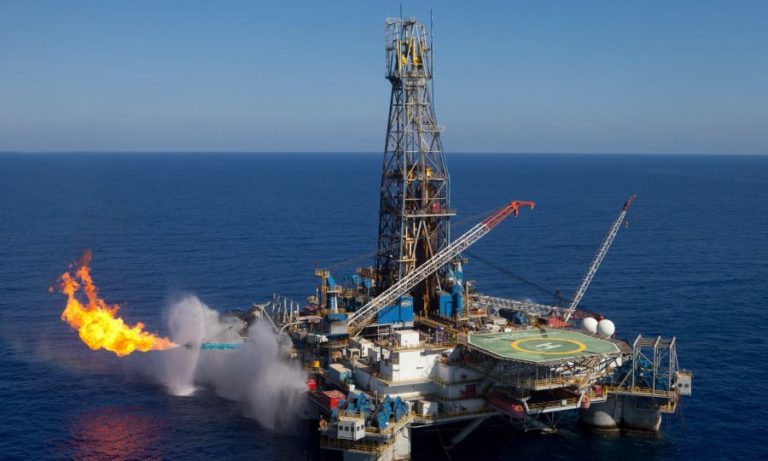
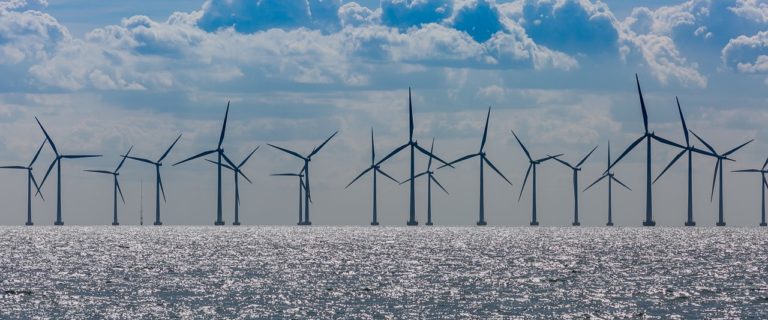



 Gerald Butt, Petroleum Economist Two years after the economic and political boycott on Qatar, the Gulf state is pressing on with LNG expansion plans. Qatar Petroleum (QP) in April asked three joint ventures to bid for the main engineering, procurement and construction (EPC) contract for four mega-LNG trains, each with 8.8mn t/yr capacity, and related facilities. A month later it asked firms to bid to carry out EPC work for LNG storage and loading facilities. QP announced in 2017, after the boycott was imposed, that it planned to increase LNG output capacity from 77mn t/yr to 100mn t/yr, by producing more gas from the vast offshore North field. The following year it unveiled an even more ambitious plan — to target capacity of 110mn t/yr. And despite the fact that there is no end to the political dispute that has destroyed the credibility of the Gulf Cooperation Council, Qatar is not looking back. The consortiums competing for the contracts to build the mega-trains are: Chiyoda and Technip; JGC Corporation and Hyundai Engineering and Construction; and Saipem, McDermott and CTCI Corporation. The announcement of the EPC contract is expected in January 2020, with work to be completed by 2024. Qatar believes that the new development will come on stream just as demand for LNG will start to exceed supply. McDermott International has been given the EPC role for eight new offshore jackets in the North field. Onshore site preparation for the four LNG trains at Ras Laffan is being carried out by Consolidated Contractors Company and Teyseer Trading and Contracting Company. Chiyoda is completing the FEED work for the onshore facilities, and further contract awards related to the expansion project are expected in the coming months.
Gerald Butt, Petroleum Economist Two years after the economic and political boycott on Qatar, the Gulf state is pressing on with LNG expansion plans. Qatar Petroleum (QP) in April asked three joint ventures to bid for the main engineering, procurement and construction (EPC) contract for four mega-LNG trains, each with 8.8mn t/yr capacity, and related facilities. A month later it asked firms to bid to carry out EPC work for LNG storage and loading facilities. QP announced in 2017, after the boycott was imposed, that it planned to increase LNG output capacity from 77mn t/yr to 100mn t/yr, by producing more gas from the vast offshore North field. The following year it unveiled an even more ambitious plan — to target capacity of 110mn t/yr. And despite the fact that there is no end to the political dispute that has destroyed the credibility of the Gulf Cooperation Council, Qatar is not looking back. The consortiums competing for the contracts to build the mega-trains are: Chiyoda and Technip; JGC Corporation and Hyundai Engineering and Construction; and Saipem, McDermott and CTCI Corporation. The announcement of the EPC contract is expected in January 2020, with work to be completed by 2024. Qatar believes that the new development will come on stream just as demand for LNG will start to exceed supply. McDermott International has been given the EPC role for eight new offshore jackets in the North field. Onshore site preparation for the four LNG trains at Ras Laffan is being carried out by Consolidated Contractors Company and Teyseer Trading and Contracting Company. Chiyoda is completing the FEED work for the onshore facilities, and further contract awards related to the expansion project are expected in the coming months.  Saad al-Kaabi Minister of Energy and Chairman of QP New LNG carriers To cater for the North Field expansion and Qatar’s offtake from the Golden Pass LNG export project in the US, QP in April issued an invitation to tender for the construction of LNG carriers. QP CEO Saad al-Kaabi says the initial order would be to “deliver 60 LNG carriers in support of the planned production expansion, with a potential to exceed 100 new carriers over the next decade”. 110mn t/yr — Qatar’s planned LNG capacity
Saad al-Kaabi Minister of Energy and Chairman of QP New LNG carriers To cater for the North Field expansion and Qatar’s offtake from the Golden Pass LNG export project in the US, QP in April issued an invitation to tender for the construction of LNG carriers. QP CEO Saad al-Kaabi says the initial order would be to “deliver 60 LNG carriers in support of the planned production expansion, with a potential to exceed 100 new carriers over the next decade”. 110mn t/yr — Qatar’s planned LNG capacity  Roudi Baroudi Energy Economist During 2018, Qatar maintained its position as the largest exporter of LNG, with 28pc of global market share, according to the International Gas Union. However, with other countries increasing capacity, Qatar’s share has been falling. Australia has now overtaken Qatar as the biggest producer — but will be nudged out of that spot when the Ras Laffan expansion is complete. Call for talks In the meantime, Qatar continues to call for talks to end the political dispute with its neighbours, but they appear to have no interest in ending the boycott. “The countries besieging Qatar know it is ready to sit down at the negotiating table, whether under the aegis of the GCC or any other set-up,” says Roudi Baroudi, a Doha-based energy consultant. “Qatari officials remain hopeful that their counterparts will soon change course and join the search for sovereign, fair and workable solutions.” For now at least, Qatar is prepared to carry on regardless — without undue concern. The IMF said in late 2018 that “significant fiscal and external buffers have enabled Qatar to successfully absorb the adverse shocks from the 2014-16 decline in oil prices and the diplomatic rift. We anticipate overall real GDP growth of 3.1pc in 2019, with still robust non-hydrocarbon growth and recovery in oil and gas production.”
Roudi Baroudi Energy Economist During 2018, Qatar maintained its position as the largest exporter of LNG, with 28pc of global market share, according to the International Gas Union. However, with other countries increasing capacity, Qatar’s share has been falling. Australia has now overtaken Qatar as the biggest producer — but will be nudged out of that spot when the Ras Laffan expansion is complete. Call for talks In the meantime, Qatar continues to call for talks to end the political dispute with its neighbours, but they appear to have no interest in ending the boycott. “The countries besieging Qatar know it is ready to sit down at the negotiating table, whether under the aegis of the GCC or any other set-up,” says Roudi Baroudi, a Doha-based energy consultant. “Qatari officials remain hopeful that their counterparts will soon change course and join the search for sovereign, fair and workable solutions.” For now at least, Qatar is prepared to carry on regardless — without undue concern. The IMF said in late 2018 that “significant fiscal and external buffers have enabled Qatar to successfully absorb the adverse shocks from the 2014-16 decline in oil prices and the diplomatic rift. We anticipate overall real GDP growth of 3.1pc in 2019, with still robust non-hydrocarbon growth and recovery in oil and gas production.”  In Baroudi’s view, “while Qataris continue to face illegal and discriminatory measures attached to the commercial blockade, their country has the wherewithal to sustain the current situation for as long as it takes”.
In Baroudi’s view, “while Qataris continue to face illegal and discriminatory measures attached to the commercial blockade, their country has the wherewithal to sustain the current situation for as long as it takes”. 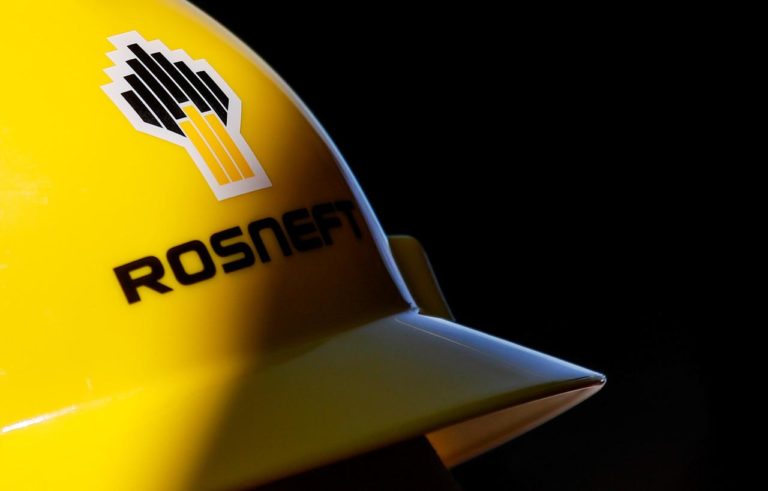
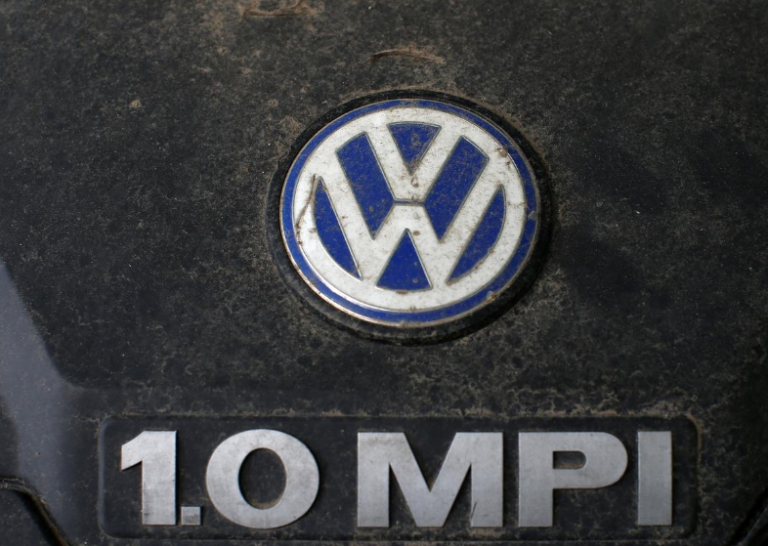
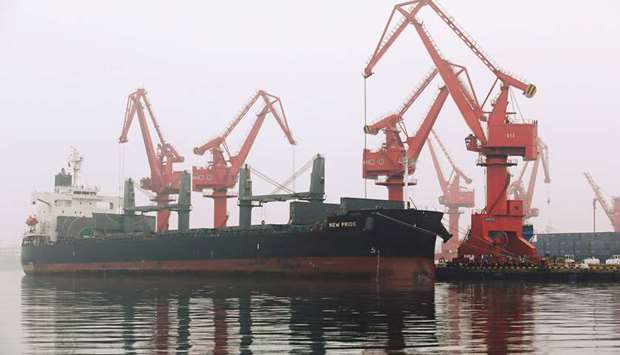


ZURICH – Finland’s central bank governor, Olli Rehn, has reiterated his call for the European Central Bank to conduct a long-overdue review of its policy framework. The upcoming change of leadership at the institution – with Christine Lagarde, the International Monetary Fund’s managing director since 2011, likely to succeed Mario Draghi as president – offers an important opportunity to heed that call.
When the ECB was established 20 years ago, central banks were generally not too clear about the details of their policy frameworks. At that time, some ambiguity may have been helpful, because of the flexibility it offered when the ECB started operating. Furthermore, it allowed central bankers with different experiences and perspectives to agree on a framework, even though they may not have agreed on its precise details.
But the world has changed considerably since then, and the public is now demanding far more clarity. How can the ECB offer that, 16 years after the last review of its monetary-policy framework?
Since that review, conducted in 2003, the global financial crisis, and the ensuing European debt crisis, prompted the ECB to adopt a plethora of new policy instruments. These crisis measures – which have been deeply unpopular, particularly in Germany – can be justified only to the extent that they have been effective, and this must be evaluated. Moreover, as Rehn, who sits on the ECB’s governing council, has noted, long-run structural trends – such as population aging, lower long-term interest rates, and climate change – must be considered.
The effectiveness of ECB policy requires the members of the governing council to be singing from the same song sheet. They need a shared understanding of Europe’s long-term goals and the strengths and weaknesses of various policy instruments. And, in order to strengthen accountability and support smart decision-making, they need to be able to spell out the details of their monetary-policy strategies in ways that the public can understand.
As it stands, such clarity is at times hard to find, even when it comes to some of the most fundamental elements of the ECB’s policy strategy. Price stability – the ECB’s primary objective – is currently expressed as “inflation below, but close to, 2%.” Does 1% inflation meet that condition, or is it too low, demanding more monetary-policy accommodation? Different members of the ECB’s governing council may well have different answers to this question, and thus support different policies.
The same goes for the questions of whether the ECB’s inflation target is symmetric – with the authorities intervening as vigorously when inflation is too low as they do when inflation is too high – and whether inflation should be measured over time or at a given moment. If, over some period, the inflation rate ranges from 0% to 4%, but averages to “below, but close to, 2%,” has the objective been achieved?
The answer has major policy implications. If inflation is measured over time, the ECB could accept, or perhaps even aim for, a somewhat higher inflation rate in the medium term, to compensate for the excessively low inflation of recent years. If the public came to believe that a period of above-target inflation was likely, the expected real interest rate would fall, giving a jolt to the economy.
Of course, Draghi has established in speeches and press conferences that, in his view, the inflation target is symmetric; 1% inflation is too low; and the inflation rate should be measured over the “medium term.” But it is not clear whether this view is broadly shared within the ECB’s governing council.
Inflation targeting is hardly the only area where ambiguity is hampering effective policymaking and leaving market participants wondering what to expect. The ECB’s outright monetary transactions (OMT) scheme – whereby the ECB promises to purchase bonds issued by eurozone member states on secondary sovereign-bond markets – is also generating significant uncertainty.
OMT, Draghi’s chosen tool for fulfilling his 2012 vow to do “whatever it takes to preserve the euro,” was controversial from the moment it was announced, with Bundesbank President Jens Weidmann – one of Lagarde’s main rivals for the ECB presidency – arguing fiercely against it in public. But that was seven years ago, and OMT has never actually been used. Is the governing council still committed to it? Or have the events – and council membership changes – of the last few years rendered that commitment obsolete?
With public debt in Greece and Italy still far too high, the eurozone still at risk of slipping into a recession that would significantly worsen both countries’ fiscal positions, and Italian politics as volatile as ever, it would pay to know. A review of the kind Rehn demands would provide the needed answers – and put the ECB on much sounder footing for a new era of leadership.
STEFAN GERLACH